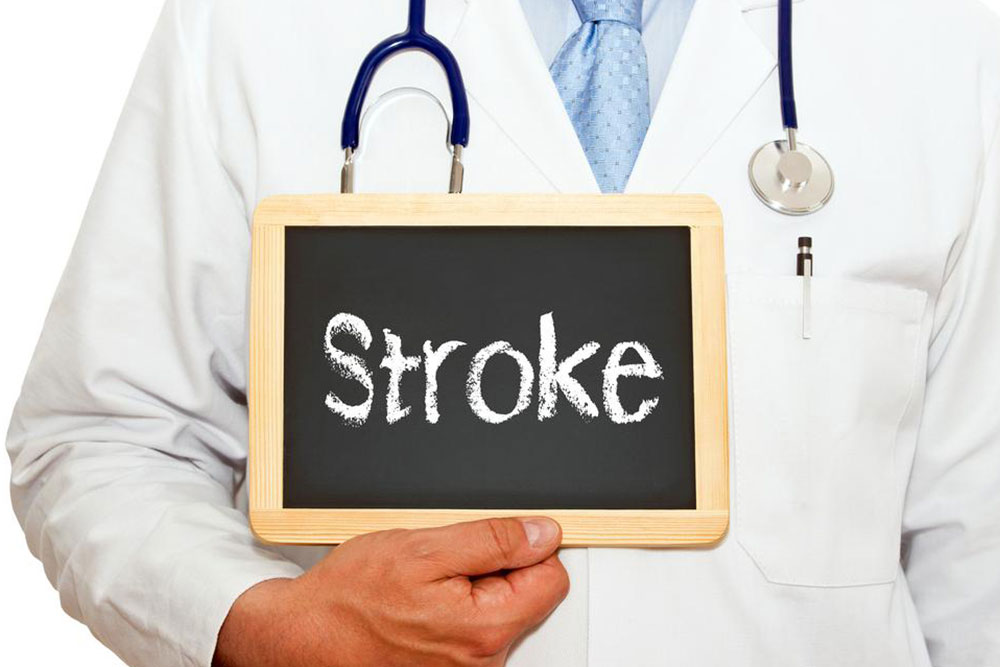Understanding Causes and Symptoms of Leg Discomfort
This article offers a comprehensive overview of leg pain, covering common causes such as muscle cramps, injuries, and circulation issues. It highlights symptoms and when to seek medical attention, emphasizing the importance of proper diagnosis and treatment for persistent discomfort. Useful for those experiencing leg pain, this guide also underscores the significance of understanding underlying health conditions. Clear, informative, and easy to understand, it aims to educate readers on managing and recognizing leg pain effectively.

Understanding Causes and Symptoms of Leg Discomfort
Experiencing pain or discomfort in the leg can range from a dull ache to sharp prickling sensations. Often, such pain arises from muscle overexertion or minor injuries and typically resolves quickly, manageable at home. However, persistent or severe pain may indicate underlying health issues. Consulting a healthcare professional is recommended if pain is intense or persistent.
Main causes of leg discomfort include joint or bone wear and tear, injuries to muscles, tendons, ligaments, or soft tissues. Sometimes, leg pain is linked to issues in the lower back, blood clots, varicose veins, or circulation problems.
Muscle cramps are a prevalent cause of leg pain, characterized by involuntary muscle tightening and possible redness or swelling. Dehydration and fatigue often contribute. Certain medications, like diuretics and statins, may also induce spasms.
Injuries often manifest as leg pain and can include:
Muscle strains: Overstretching muscle fibers, especially in larger muscles such as the calves, hamstrings, or quadriceps.
Tendinitis: Inflammation of ligaments connecting muscles to bones, common near the heels or hamstrings.
Knee bursitis: Swelling of fluid-filled sacs in the knee after trauma.
Signs of leg discomfort include skin wounds, swelling, tenderness, weakness, and sometimes redness or warmth. Causes vary from injuries to infections, with symptoms like fever, joint swelling, or lymph node swelling in the groin. Pain may occur in the knee, thigh, foot, or ankle during rest or activity, affecting either one or both legs. Most often, tissue inflammation from injury or infection leads to leg pain, affecting diverse tissues within the leg structure.










